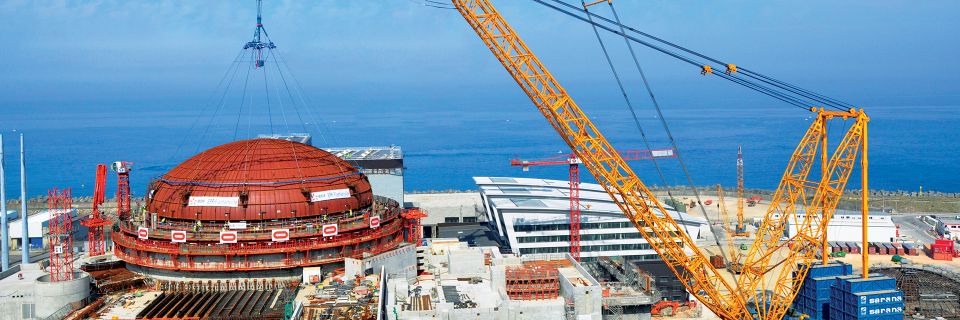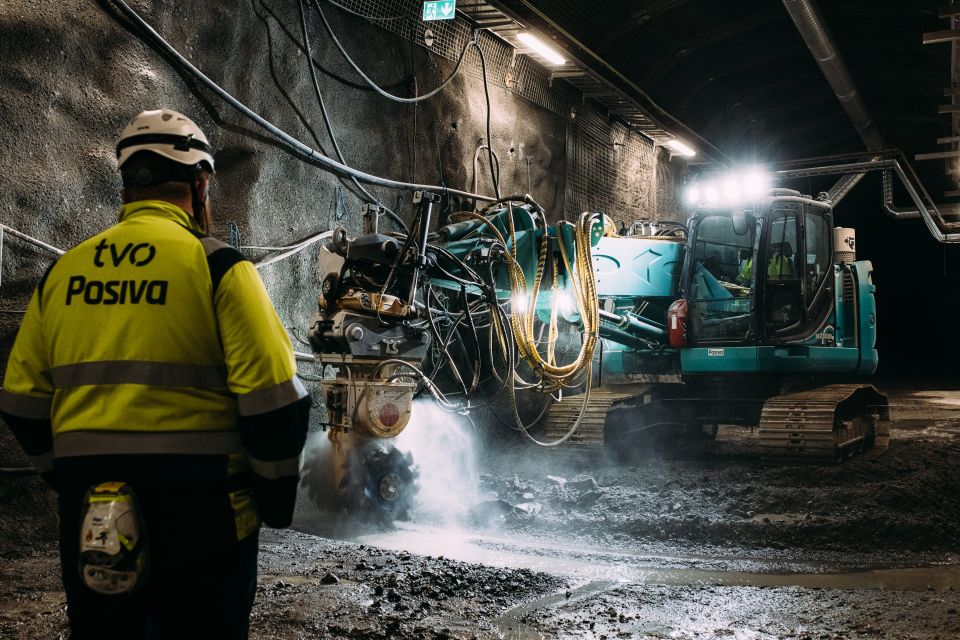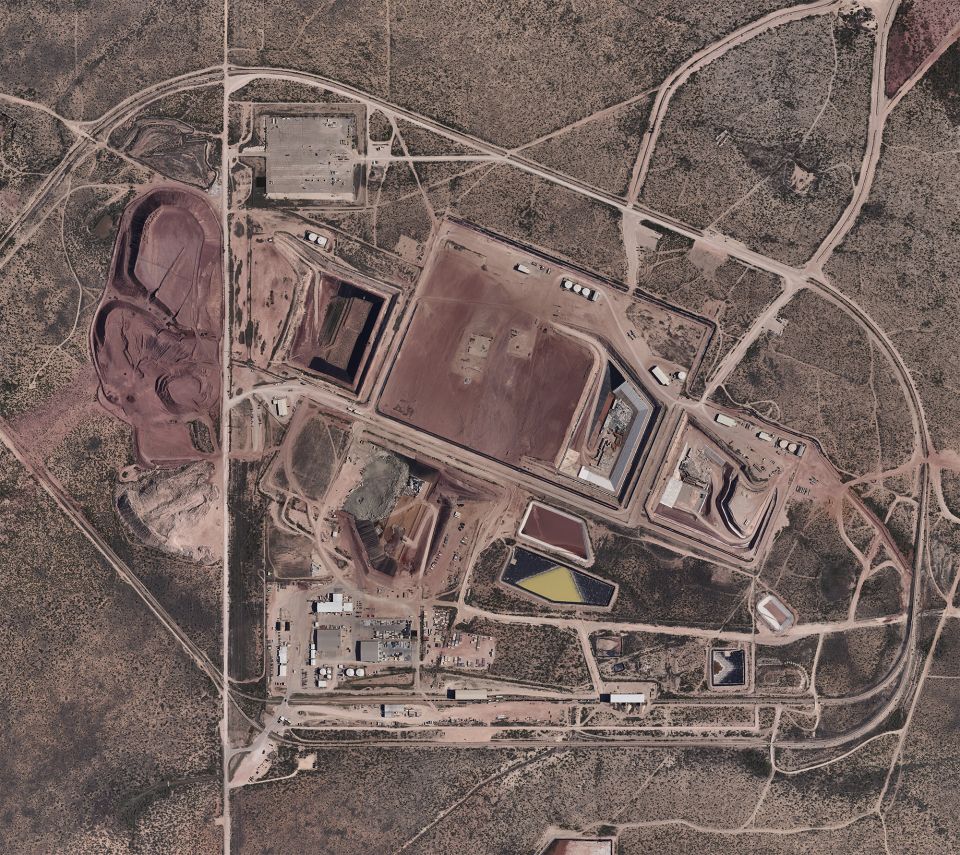Recently, CBS reporter Lesley Stahl donned protective gear with Lake Barrett, TEPCO senior advisor and former Department of Energy official, to get within 70 feet of the core of Fukushima Daiichi’s Unit 3 for a 60 Minutes segment titled “Robots to the Rescue,” which aired on July 11.
On balance: Stahl and Barrett discuss the deployment of robotic technologies to map, assess, and monitor the three damaged reactors. Walking under the reactor vessel of Unit 5, which was undamaged by the tsunami and has served as a testing ground for robots, Stahl and Barrett trace the path of a swimming robot named Little Sunfish, which was deployed in a damaged reactor in 2017.
While Stahl repeatedly describes fuel that melted, drained from the damaged reactor vessels, and subsequently solidified as “missing,” her reporting is generally balanced and factual, with a focus on the scale and engineering challenges of the decontamination and defueling project at the site.
As for Barrett, he stresses, “The reality is this is a challenge that’s never been dealt with before. But every step is a positive step. You learn from it, and you go forward to another step.”
ANS has more: If you watched the 60 Minutes segment and want to learn more, Nuclear News has you covered. The March 2021 issue of Nuclear News featured an article written by Barrett, titled “Fukushima: 10 Years On,” that offers detailed information, along with numerous photos, about the accident and the subsequent decontamination and defueling project.
Nuclear News also hosted a webinar, “Nuclear News Presents: A Look Back at the Fukushima Daiichi Accident,” in which Barrett and four co-panelists—Michael Corradini, of the University of Wisconsin-–Madison; Paul Dickman, of Argonne National Laboratory; Dale Klein, former chairman of the Nuclear Regulatory Commission; and Joy Rempe, of Rempe and Associates—discussed lessons learned, TEPCO’s approach to decontamination and decommissioning, and future challenges.








